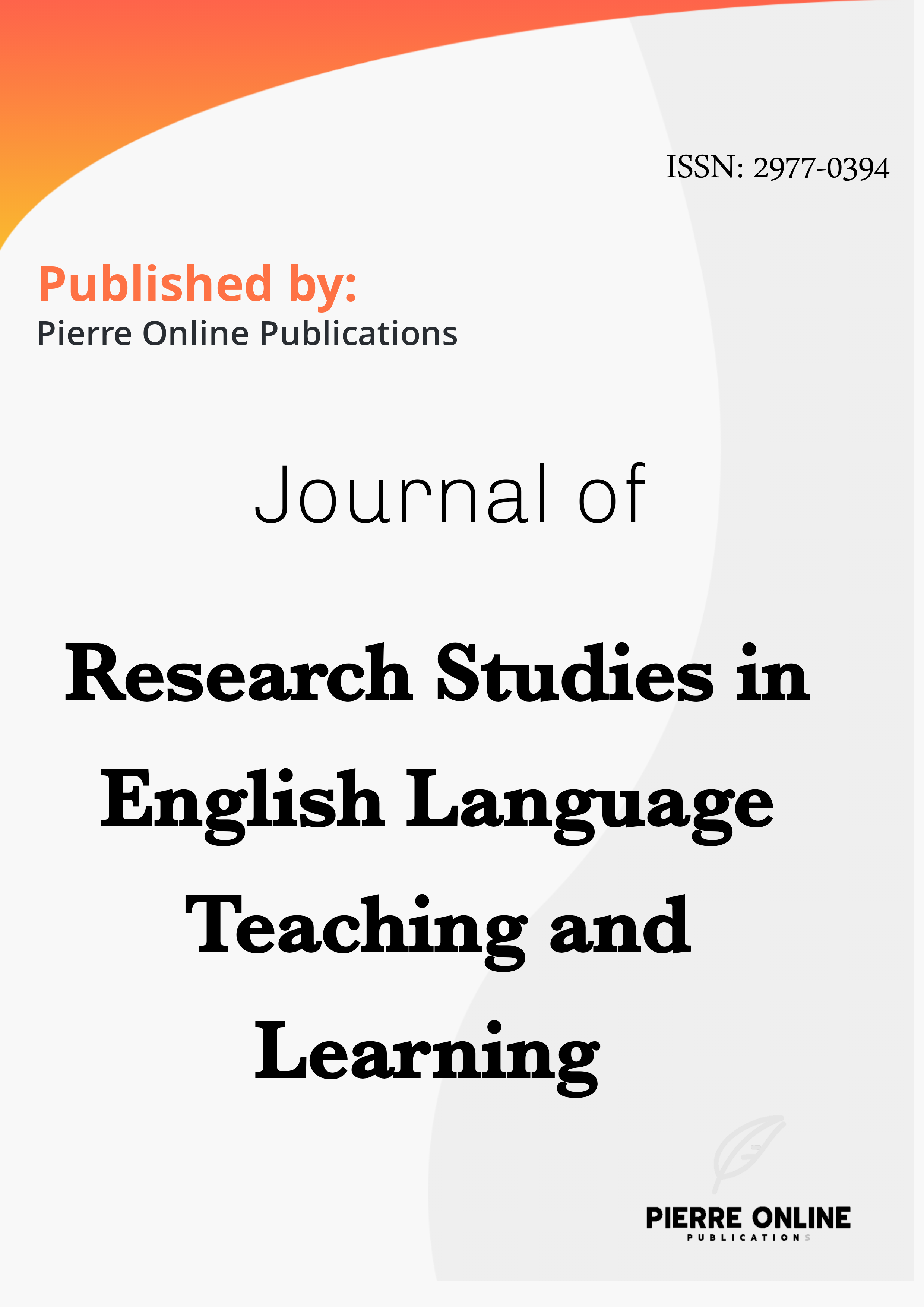The The Efficacy of Flipped Classroom Models in English Language Teaching: Investigating the Impact of Flipped Classroom Strategies on Student Motivation, Engagement, and Learning Outcomes
Main Article Content
Abstract
This is a quantitative type of research paper discussing the possibility of flipped classroom models as a possible effective approach in English language teaching. The results of this research surely underscore the impacts of flipped classroom strategies on student motivation in developing key language skills, including critical thinking, reading, and writing. In other words, flipped classrooms bring out the best experience and result from learning for ELL students, who will have an environment filled with freedom, self-guided learning, teamwork, and interactive learning. The comparison of the two groups—experimental and control—shows the benefits the experimental group received from using the flipped classroom model over traditional lecture-based approaches. This will include the contribution to academic success and the development of effective communication in different contexts. The onus is, therefore, upon tutors and institutions to consider flipped classroom strategies that are meant to optimise English language teaching and learning. This makes it highly pertinent to recognise the further need for researching the long-term effects and applicability of flipped classrooms in diverse learning environments and subject areas in order to see that the education system keeps transforming and evolving over time.
Downloads
Article Details

This work is licensed under a Creative Commons Attribution 4.0 International License.
The Research Studies in English Teaching and Learning (RSELTL) Journal adopts the Creative Commons Attribution 4.0 International License (CC BY 4.0). This license allows for the free distribution and modification of the work, provided that the original author and source are credited. The CC BY 4.0 license is designed to promote the dissemination of scholarly work while protecting the rights of authors.
Author Rights
Under the CC BY 4.0 license, authors retain extensive rights to their work, including but not limited to:
-
Ownership of Copyright: Authors maintain copyright ownership of their work, permitting them to deposit their work in institutional repositories, share their work as they deem appropriate, and publish their work elsewhere, provided that the original publication in RSELTL Journal is properly cited.
-
Use and Distribution: Authors are entitled to unlimited use and distribution of their own work for educational and scholarly purposes, as long as the original work is properly cited.
-
Adaptation and Derivatives: Authors have the right to adapt, modify, or create derivatives of their work, provided that the original work is properly cited, and the modifications do not misrepresent the original work.
User Rights
In accordance with the CC BY 4.0 license, users (readers, scholars, and researchers) are granted the following rights:
-
Access and Distribution: Users are allowed to read, download, copy, distribute, print, search, or link to the full texts of articles published in RSELTL Journal without seeking prior permission from the publisher or the author, as long as the original work and authorship are properly cited.
-
Creation of Derivative Works: Users may adapt or create derivative works from the RSELTL Journal articles, provided that the original work is properly cited, and the derivative work is distributed under the same CC BY 4.0 license.
Responsibilities and Restrictions
-
Attribution: Proper attribution must be given to the original author(s) and the RSELTL Journal, including provision of a link to the original work and indication if any changes were made.
-
No Additional Restrictions: Users must not apply legal terms or technological measures that legally restrict others from doing anything the license permits.
-
Commercial Use: The CC BY 4.0 license permits commercial use of the works, as long as the original work and authorship are properly cited.




